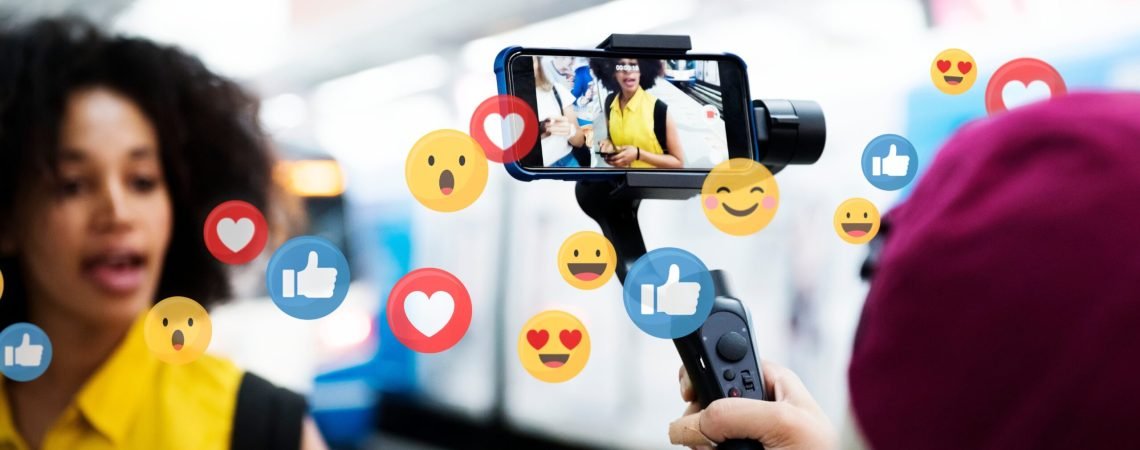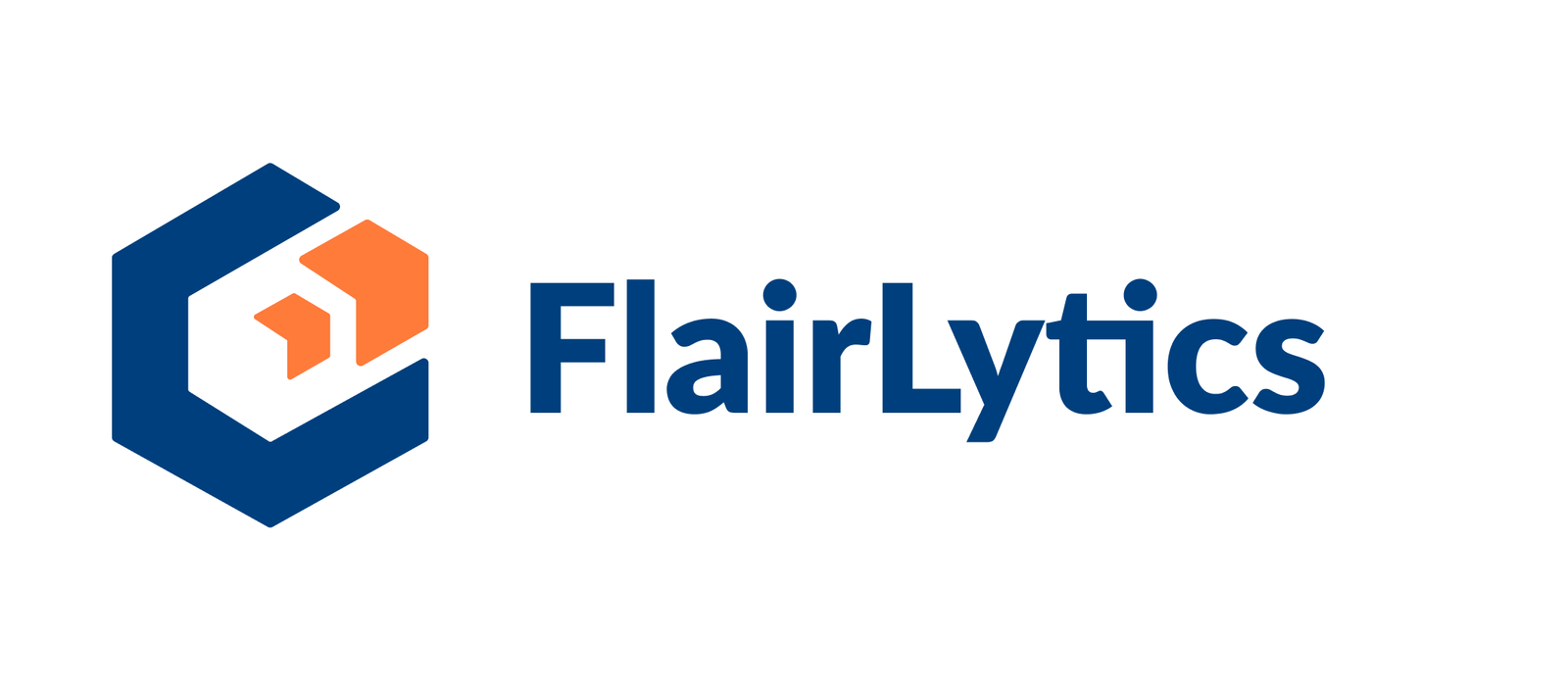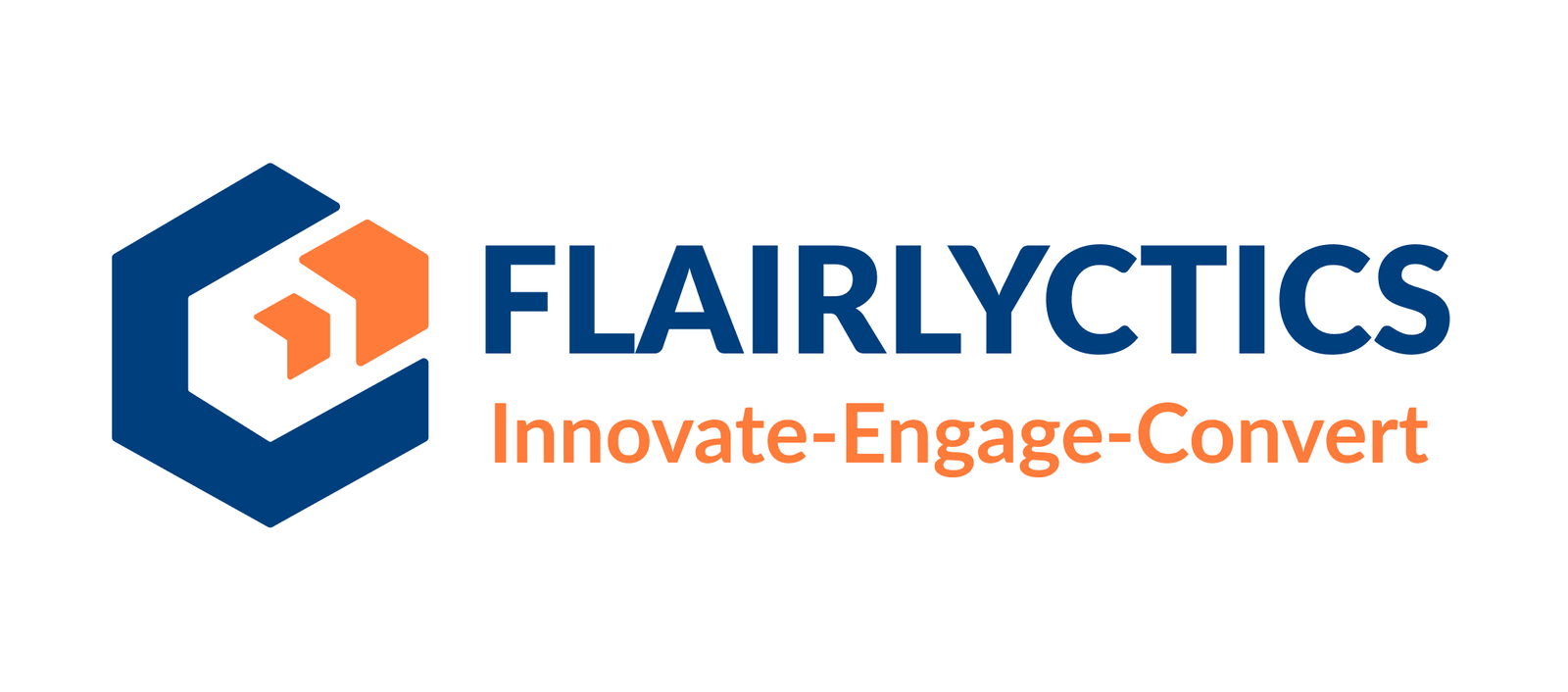

B2B Influencer Marketing: Strategy, Value, and Execution
As the B2B digital ecosystem matures, traditional marketing approaches are being recalibrated to meet the demands of an increasingly discerning audience. Among the strategic levers gaining traction is B2B influencer marketing—a model that transcends promotional tactics and positions brands as trusted voices within professional circles. As we move deeper into 2025, B2B influencer marketing is not merely a trend—it is a competitive differentiator.
1. The Strategic Role of Influencers in B2B
At its core, B2B influencer marketing refers to strategic partnerships with respected figures within specific industry verticals. These influencers are not celebrities in the traditional sense. Instead, they are subject matter experts, practitioners, analysts, and innovators with the social capital and domain credibility that brands seek to align with.
Unlike B2C models that rely heavily on scale and emotional appeal, B2B influencer strategies are purpose-built to drive relevance among specific buyer personas—think procurement officers, CIOs, or operations heads. The nature of the B2B buyer journey—longer, research-driven, and multi-stakeholder—makes credible third-party validation a powerful tool for nurturing trust.
2. The Business Case: Why B2B Influencer Marketing Works
Precision in Audience Targeting
Influencers in B2B operate within clearly defined ecosystems. Their followings consist of professionals with shared interests, challenges, and decision-making authority. Partnering with them enables brands to surgically deliver messaging to the right people, at the right stage of the funnel.
Trust and Credibility Amplification
In an era where information abundance often breeds skepticism, influencer validation serves as a credibility multiplier. Influencers are perceived as impartial voices—especially when their content is educational, nuanced, and backed by real-world application. When they endorse a solution, it carries weight far beyond conventional advertising.
Elevated Engagement and Brand Affinity
B2B influencers tend to foster high engagement within their communities—via newsletters, LinkedIn posts, webinars, and even Slack communities. These are not vanity metrics; they reflect genuine conversations that can lead to qualified leads and downstream sales conversions.
Cost Efficiency and Strategic ROI
When compared to paid media or large-scale event sponsorships, influencer-led campaigns offer cost-effective access to high-value audiences. With the right performance tracking in place, brands often achieve a superior return on marketing spend—both in lead quality and brand lift.
3. Operationalizing a High-Impact Influencer Program
Align Objectives with Business KPIs
Start with a strategic imperative: Is the aim to drive thought leadership, fuel top-of-funnel awareness, or support ABM initiatives? Defining your campaign’s north star will clarify the influencer profile you need and the metrics to monitor.
Identify Influencers Who Reflect Brand Values
It’s not about reach—it’s about relevance. A micro-influencer with a 10,000-strong audience of CFOs may deliver more value than a generalist with 500,000 followers. Evaluate potential partners based on alignment with your brand’s mission, audience fit, content authenticity, and past campaign performance.
Co-Create Content, Don’t Dictate It
Influencer partnerships should be grounded in mutual respect and value creation. Co-develop webinars, whitepapers, interviews, or product walkthroughs that serve both audiences. Provide guidelines, not scripts. Authenticity drives results; micromanagement undermines it.
Activate Across Multiple Touchpoints
A single LinkedIn post is insufficient. Strategically amplify influencer content through email campaigns, gated resources, webinars, podcast guest appearances, or industry events. Treat influencer marketing as an integrated component of your overall demand generation strategy.
Instrument for Measurement and Iteration
Use UTM tracking, CRM attribution, and engagement analytics to measure performance. Go beyond vanity metrics—tie influencer activity to MQLs, SQLs, sales velocity, and revenue impact. This analytical rigor allows for ongoing optimization and executive buy-in.
4. Trends Defining B2B Influencer Marketing in 2025
Rise of Employee Advocates
Forward-looking organizations are turning inward, transforming employees into micro-influencers. From subject matter experts on LinkedIn to engineers sharing technical insights, employee advocacy blends authenticity with expertise—extending reach while reinforcing brand trust.
Integration with Account-Based Marketing (ABM)
Influencer strategies are being woven into ABM programs. By aligning influencers with targeted account clusters, marketers can deliver highly contextualized messaging that resonates with specific decision-makers and increases account engagement.
Long-Term Partnerships Over One-Off Posts
The era of transactional influencer deals is fading. Brands are now investing in long-term, evolving relationships that foster sustained credibility, deeper audience alignment, and more strategic collaboration.
Radical Transparency and Compliance
As regulatory oversight grows, so does the emphasis on ethical disclosure and compliance. Clear partnership disclosures, content authenticity, and alignment with data privacy norms are non-negotiable. Reputation risk must be actively managed.
5. Addressing Strategic Challenges
ROI Attribution Across Complex Journeys
In B2B, sales cycles can span months. Attributing a sale to an influencer campaign requires multi-touch attribution models and CRM integration. Companies must invest in analytics infrastructure to demonstrate influence-to-revenue causality.
Balancing Brand Control and Creative Freedom
While influencers must be free to maintain their voice, brand alignment is essential. Providing brand narratives, messaging frameworks, and creative guidelines ensures consistency without stifling authenticity.
Regulatory and Industry Compliance
In regulated sectors like finance, healthcare, or defense, compliance scrutiny is intense. Clear contracts, content approvals, and legal reviews should be built into the campaign workflow to mitigate risk.
6. The Path Forward: Strategic Implications
Influencer marketing in B2B has graduated from an experimental tactic to a strategic pillar. As buyer behaviors continue to evolve—with growing reliance on peer validation, independent research, and expert voices—brands that harness influencer partnerships will gain outsized share of voice and mind.
To win in 2025 and beyond, organizations must adopt a structured, data-driven approach that blends the art of storytelling with the science of performance marketing. The most effective programs will be those that move beyond transactional sponsorships and invest in influencer ecosystems—building trust, driving value, and accelerating growth across the customer lifecycle.
Conclusion
In a hyper-connected business world where decision-making is complex and trust is the ultimate currency, B2B influencer marketing offers a rare opportunity: to reach the right people, with the right message, through voices they already trust. For CMOs and marketing strategists, the imperative is clear—embrace this evolution, architect it with precision, and lead with authenticity. The brands that do so won’t just be seen—they’ll be believed.










